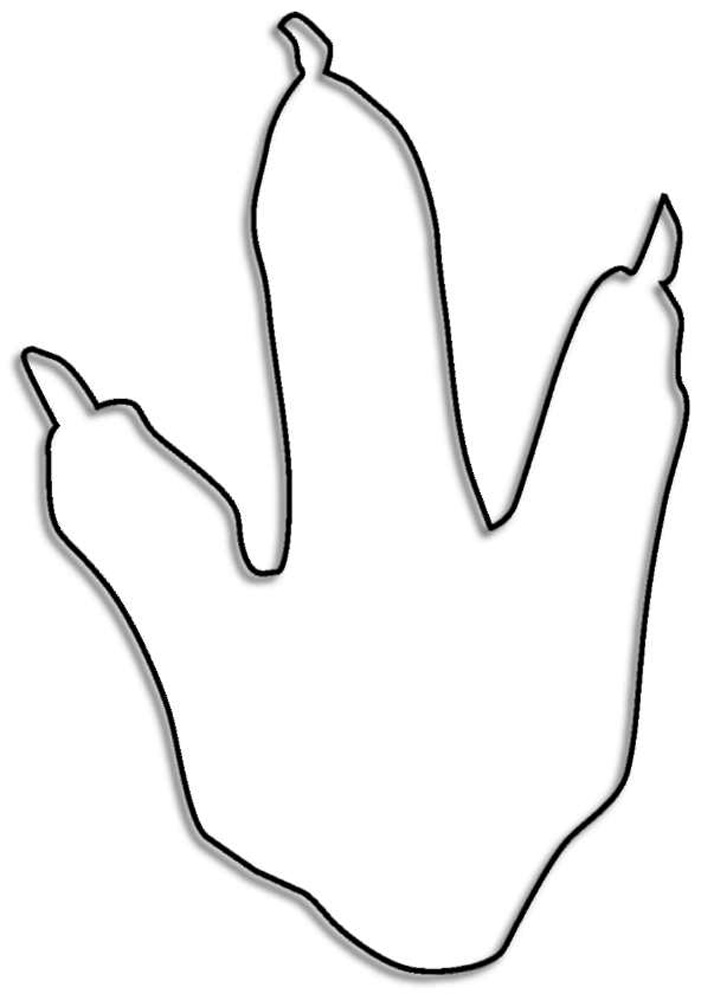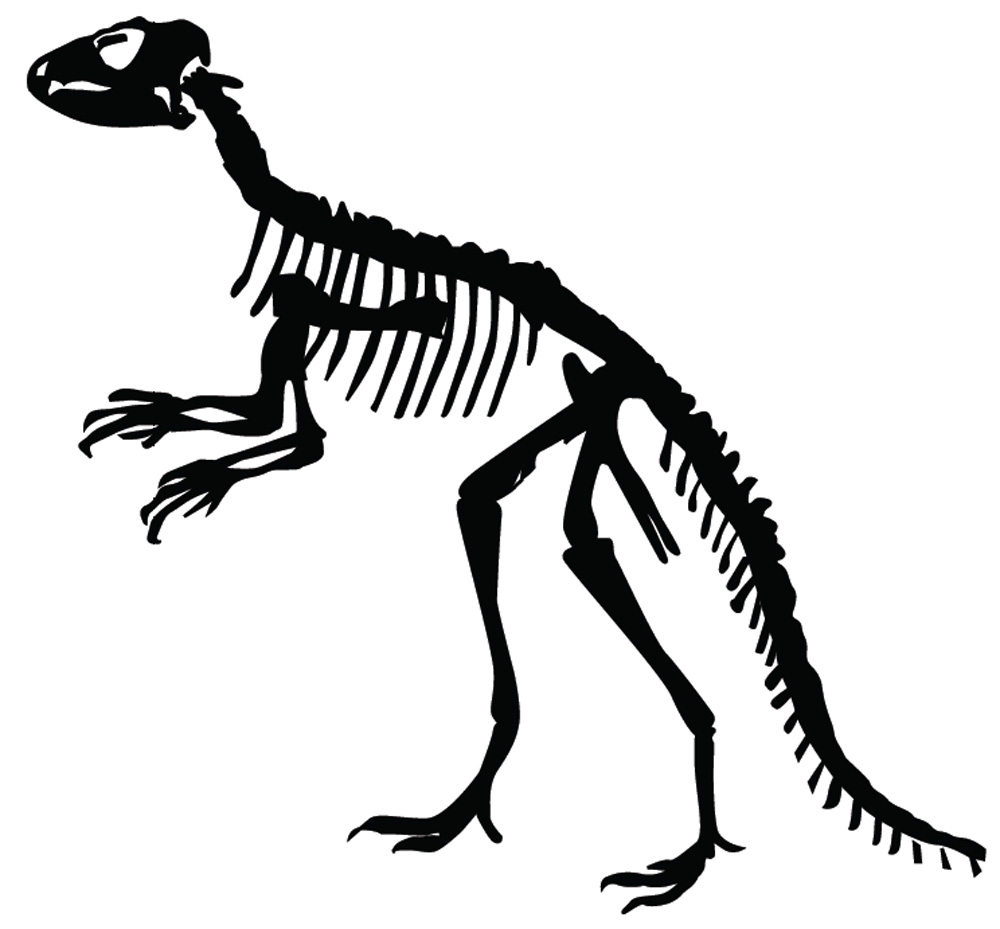Title Page
Creative Writing Tutor
DINOSAUR DISCOVERY
by
Sally Jones and Amanda Jones
Publisher Information
Published by GUINEA PIG EDUCATION
2 Cobs Way
New Haw, Addlestone
Surrey, KT15 3AF
www.guineapigeducation.co.uk
Digital edition converted and dstributed in 2012 by
Andrews UK Limited
www.andrewsuk.com
Copyright 2011 Sally A Jones and Amanda C Jones
This pack may not under any circumstances be photocopied, without the prior consent of the publisher.
Choose a topic and start to practise writing. Each booklet has a theme to help you start to write...stories, reports, articles, letters and many more. Start collecting them now.
Guinea Pig Creative Writing booklets also provide extra practice for children who have completed:
- Creative Story Writing
- Persuasive Writing & Argument
- Information Writing
They are for children who are working at Key Stage 2 of the National Curriculum, levels 3-5 (in Years 5 and 6 of primary school), children who are working at Key Stage 3, levels 3-5 (Years 7 and 8 of Secondary School). They provide practice for all 9-13 year olds, especially children taking 11+ examinations.
First things first...
Lets learn to write non-fiction.
When you write non-fiction, you may write:
- a newspaper report
- an information leaflet
- instructions
- a diary entry
You must decide:
- Who will be my target audience?
- Who will read this writing?
- What is the purpose of my writing?
The form might be: an information leaflet
The audience might be: older primary school children (9-11 years)
The purpose might be: to inform them about some historical facts
Plan your non-fiction writing
PARAGRAPH 1
- Introduce your topic. Write down some facts about your chosen subject.
PARAGRAPH 2, 3, 4...
- Write down the points you want to make in order.
- Include some evidence.
Conclusion
- Draw all your ideas together in a conclusion.
Remember
- Use:
- facts
- opinions
- opinions in facts.
- Use connectives or conjunctions:
- and or but (to join compound sentences)
- or, so, if, when, while, after, before, because, unless, until, whereas, although (to join complex sentences)
- use pronouns - who, which, whose, what, that
- to link ideas use - firstly, later, therefore, on the other hand, at that moment, by this time, next, soon...
- Use a range of sentences -simple, compound and complex sentences
- Make personal comments
New Dinosaur
Lets talk about a new dinosaur. He was as big as a four-storey house and had a neck ten times longer than a giraffe.
An information sheet about the new dinosaur is being written. Your task is to write a Leaflet for older children about the dinosaur.
First, use your imagination to answer these questions:
- Where was the dinosaur found?
- What did he look like?
- What did he eat?
- Why did he die?
BODY | 32-34 metres |
NECK | 17 metres |
TAIL | 15 metres |
SPINAL COLUMN | 8 tonnes |
Draw what you think he would look like.

Read this
In Argentina, a team of palaeontologists have discovered the remains of a giant dinosaur that roamed the earth 80,000,000 million years ago. His skeleton was excavated in Palegonia on the banks of a lake. At that time, the land was warm, humid and covered in forest, but now it is a wind swept plain.
The dinosaur was big, strong and huge. It was as tall as a four-storey building, with a neck ten times longer than a giraffe. Even more amazing, its body measured 32-34 metres from head to tail and its neck was 17 metres, which is longer than a bendy bus.
John Renoir, a palaeontologist, told a news conference, Its an unknown species, maybe a Titanosaur. This is one of the biggest dinosaur skeletons found in the world. Its fossil is seventy percent preserved - (compared to only ten percent of other dinosaurs.) Scientists have been able to study his whole vertebrae or backbone, from the neck to its tail.
Other well-preserved fossils of fish have been found in this area. They came from an ecosystem in the late Cretaceous period.
Scientists believe that fossilised leaves, found near the skeleton, would have been part of the dinosaurs diet. He may have been a herbivore - another name for a vegetarian.
What happened to this giant dinosaur? Nobody knows how he died. Scientists will closely examine every bone to find the cause of his death. It maybe its flesh was eaten by predators and its skeleton was washed into the lake by a fast flowing river with debris and leaves. Over thousands of years, this skeleton formed a barrier accumulating more bones and leaves until it became fossilised. Another fossil, that was found, has a large arm with sickle shaped claws.
Answer these questions in sentences. Try and use a different word to start each sentence. Scan the information for key words that will help you find the answers. Tables help readers find information quickly.
- Where was he discovered?
- What is this land like?
- When did he live?
- What do the palaeontologists think he looked like?
- What size was he?
- How long was his body and his neck?
- What could he be compared to?
- Why are scientists excited by the find?
- What other fossils have been found?
- What clues do they give us about the life of the giant dinosaur?
- How might he have died?
- How will scientists discover these facts?

A dinosaur was found in:
- Argentina, Palegonia, on the banks of a lake, near a windswept plain and a warm humid forest.
It is important to scientists because:
- It is a new species and one of the biggest and most complete fossils found. Scientists have the whole backbone.
It ate:
- vegetation
- leaves (a herbivore)
Its appearance:
Palaeontologists found:
- the fossil of a giant dinosaur that lived 80,000,000 million years ago.
The dinosaur was big:
- It measured 32-34 metres from head to tail. Its neck was 17 metres, ten times bigger than a giraffe and bigger than two buses.
- Its spinal column weighed 8 tonnes.
Write a leaflet for older children about a new dinosaur that has been discovered. Use the information on the previous pages to help you write. Make up your own facts: name, measurements, characteristics.
1. Choose a title.
2. Start with a short introduction explaining what you are going to write about.
You could use the following sub headings to help you write down your points in paragraphs.
- Where was the dinosaur found?
- What fossils have been found and how old are they?
- What did dinosaurs eat?
- How big was the dinosaur?
- What the dinosaur looked like.
- Why a new dinosaur fossil is important to scientists.
3. Write a conclusion or ending. Summarise what you have found out. Make some overall comments.

Next page



